Revolutionizing Retail: Designing an Immersive Mall Experience with Virtual Reality
PLATFORM
Desktop and 4K TV format
Desktop and 4K TV format
CLIENT BRIEF
The client introduces the concept of augmented reality and its potential in transforming traditional retail experiences
PROBLEM STATEMENT
- Identify the challenges faced by traditional retail malls in attracting customers and enhancing their shopping experiences
- Discuss the limitations of online shopping in replicating the sensory aspects of physical retail environments
- Emphasize the need for innovative solutions to bridge the gap between online and offline shopping experiences
- Discuss the limitations of online shopping in replicating the sensory aspects of physical retail environments
- Emphasize the need for innovative solutions to bridge the gap between online and offline shopping experiences
project goals
- Design an immersive mall experience that enables users to purchase various products seamlessly through
AR technology
AR technology
- Replicate the e-commerce user experience in a virtual environment: hyper-realistic sensory experience to access products as in real life
- Create a demo version to sell the idea to potential investors
results and impact
As a result, we created a functional demo version with key features to experience immersive e-commerce
This opened up discussion about the wider retail implications of the project and how it could scale and expand in the future
HOW WE MADE IT: DOUBLE DIAMOND METHODOLOGY
Given the scope of this first MVP (only 2 months to deliver), it was necessary to create an action plan. I decided to use the Double Diamond process to accelerate and archive the established deadline.
1. Discover:
Understand the problems faced by mall visitors and the potential of VR/AR in solving them.
Gather insights through desk research, benchmarking observations, and market research.
Identify early categorisation and adapt the idea to different types of products: food, clothing, technology or even luxury products such as cars, boats and jewellery.
Understand the problems faced by mall visitors and the potential of VR/AR in solving them.
Gather insights through desk research, benchmarking observations, and market research.
Identify early categorisation and adapt the idea to different types of products: food, clothing, technology or even luxury products such as cars, boats and jewellery.
2. Define:
Clarify the key challenges and objectives for the project.
Create user personas and scenarios to guide the design process.
Prioritise and validate the critical path to include and define other features as future iterations.
Identify technical boundaries that could affect performance and consequently the user experience.
Clarify the key challenges and objectives for the project.
Create user personas and scenarios to guide the design process.
Prioritise and validate the critical path to include and define other features as future iterations.
Identify technical boundaries that could affect performance and consequently the user experience.
3. Develop:
Generate ideas for VR/AR features and experiences.
Prototype and test these ideas with users to refine them.
Generate ideas for VR/AR features and experiences.
Prototype and test these ideas with users to refine them.
4. Deliver:
Create a polished design based on user feedback.
Adapt the hand-off and UI Kit to the VR/AR language
Create a polished design based on user feedback.
Adapt the hand-off and UI Kit to the VR/AR language
5. Discover (again):
Gather feedback with internal team and stakeholders and iterate on the design as needed
Gather feedback with internal team and stakeholders and iterate on the design as needed
6. Define (again):
Refine the design based on feedback results and technical performance reports.
Make final decisions on feature prioritization.
Refine the design based on feedback results and technical performance reports.
Make final decisions on feature prioritization.
7. Develop (again):
Implement the final design changes.
Adapt the final hand-offs for several formats: mobile, desktop and TV
Ensure the AR features are integrated smoothly into the mall app
Implement the final design changes.
Adapt the final hand-offs for several formats: mobile, desktop and TV
Ensure the AR features are integrated smoothly into the mall app
8. Deliver (again):
Launch the VR-powered mall experience to the stakeholders and investors
Monitor usage and gather feedback for future improvements
Launch the VR-powered mall experience to the stakeholders and investors
Monitor usage and gather feedback for future improvements
This was the first reference they sent me to understand how they wanted to interact, VR/AR moves and what to display as product details
A/B Testing
It was fundamental during the develop phase to get fast feedback on interactions, behaviour or how we planned to include information at each step of the customer journey
PROBLEMS WE FACED (and how we solved them)
1. Initial (NEVER ENDING) setup download. As a new user, you had to install and run the application by downloading it from the official website. The problem was that it took a total of 40-90 minutes to access the virtual mall.
HOW WE SOLVE IT. We designed a loading page with hard UX writing impact describing the progress status. It was also possible to include some scenarios and product renders to manage user expectations.
Technically, it was necessary to find a way to keep the download in the background.
Technically, it was necessary to find a way to keep the download in the background.
2. 'DEAR USER, YOU HAVE THE control'. Most people have a low acceptance of VR/AR control and management. It can be difficult and overwhelming when you have to pay attention to many things at once. Depending on the device the user is using and the user's experience of an VR/AR tool, it was necessary to provide a set of controls.
HOW WE SOLVE IT. We proposed and tested with the technical team existing solutions that could fit into our application. We give the user the opportunity to choose the configuration they are most comfortable with.
VR Googles and Oculus devices were taken into account for inclusion as future iterations
Most of our references were related to existing video games and street navigation tools
What i discovered in this project
AUGMENTED REALITY CHALLENGE
I learned how to effectively integrate emerging technologies like augmented or virtual reality into traditional industries such as e-commerce. Understanding the technical aspects of VR/AR implementation it was a huge personal archivement
TRUST IN THE PROCESS
Despite being a totally new industry for me as a Product Designer, I was able to apply the same process that I used in other projects and achieve good results in a short time. The whole team was very perceptive and proactive listening to my (sometimes crazy) ideas
FINAL RESULTS
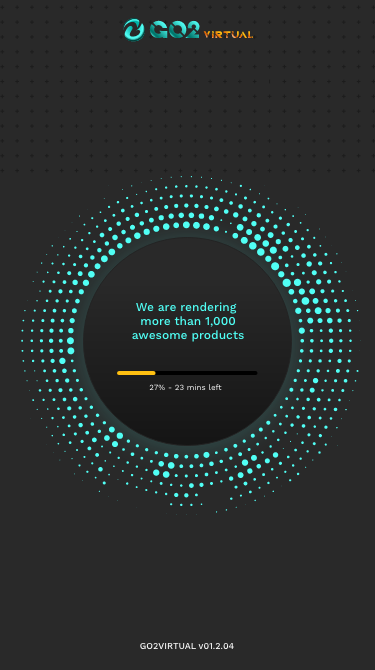

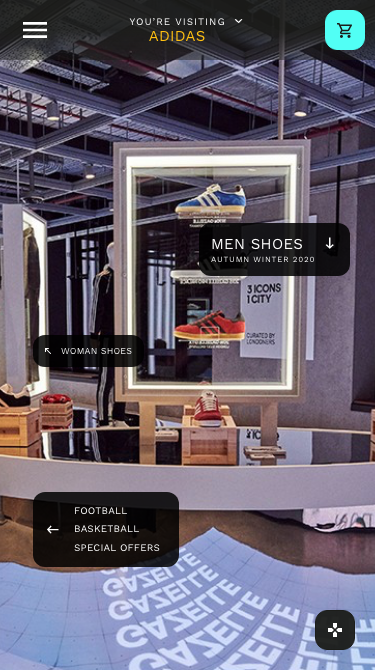
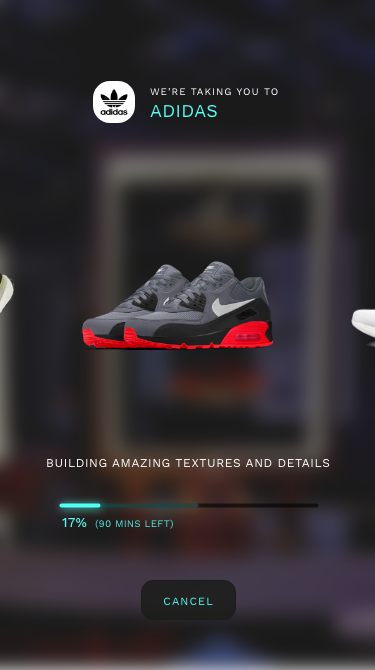
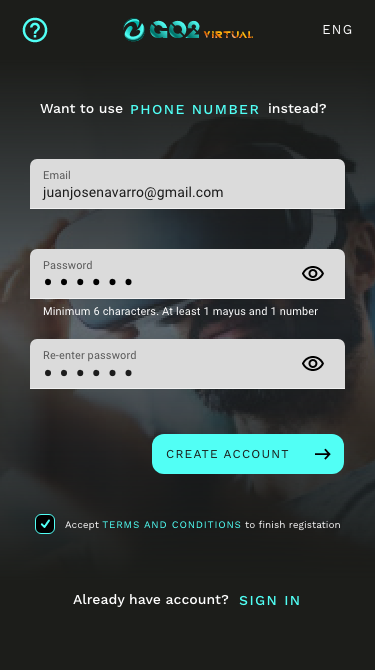

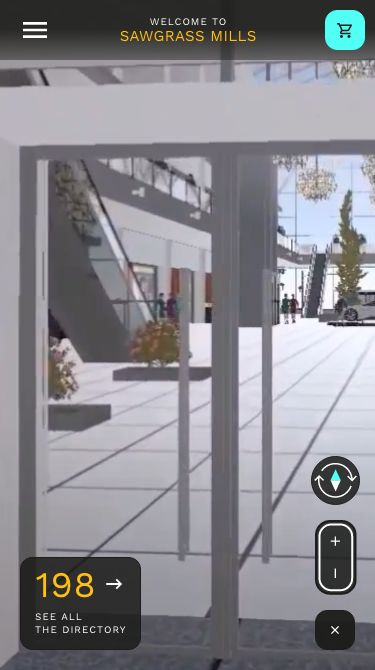
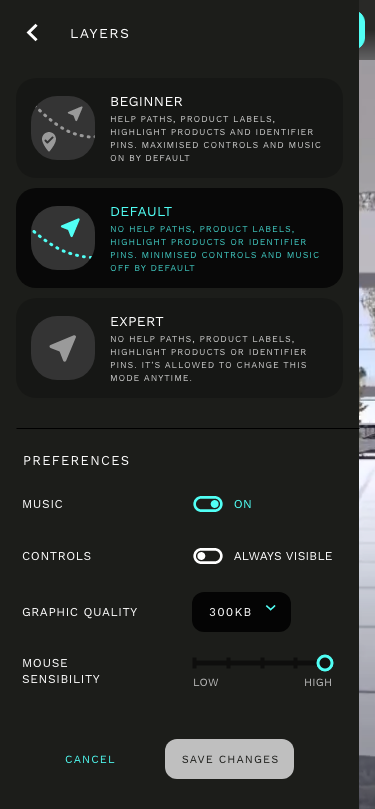
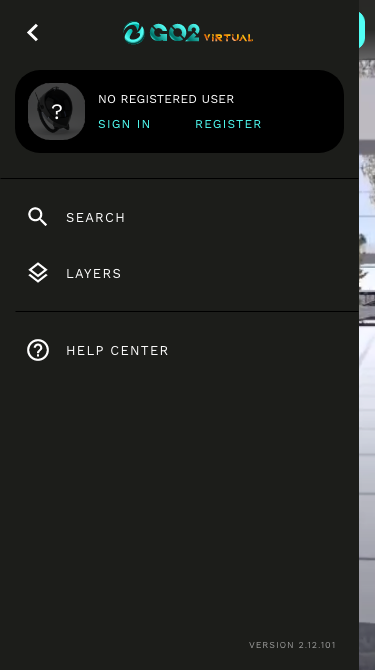
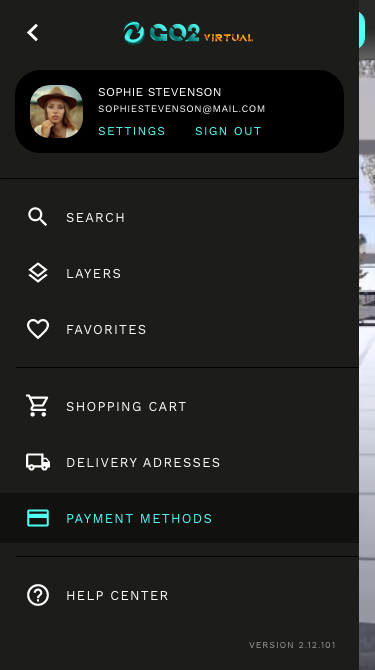
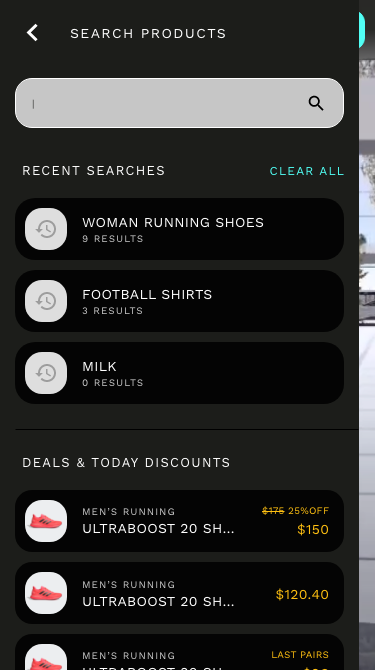
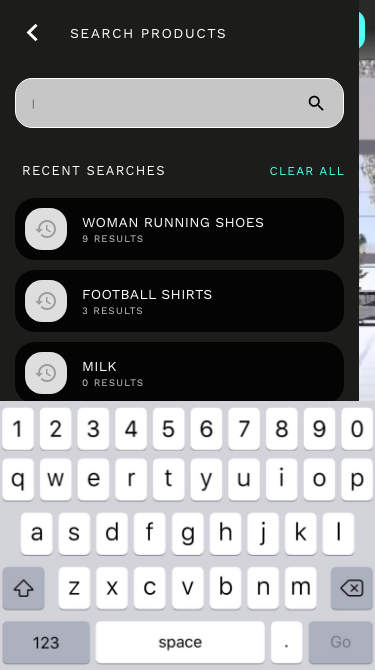
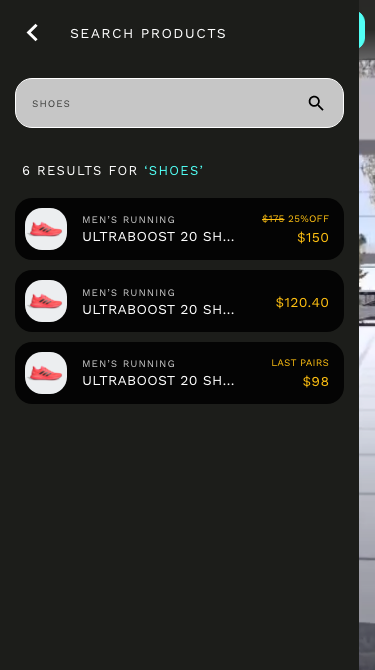
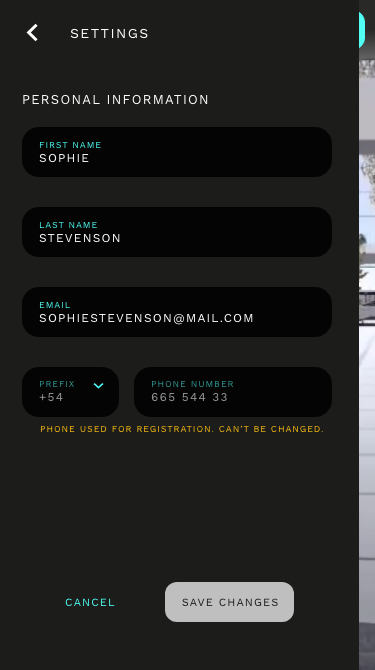
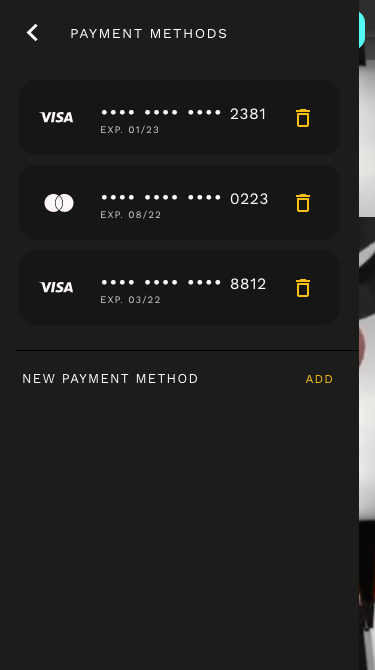
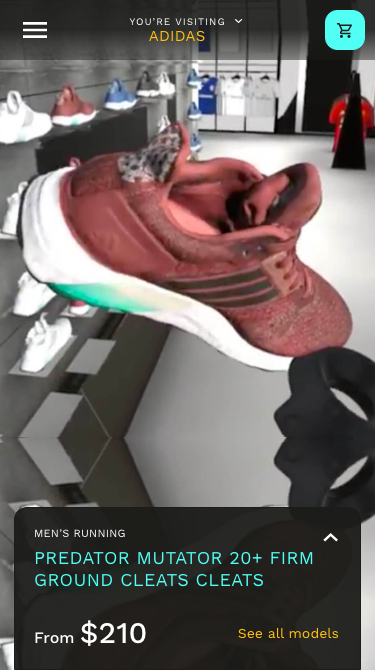
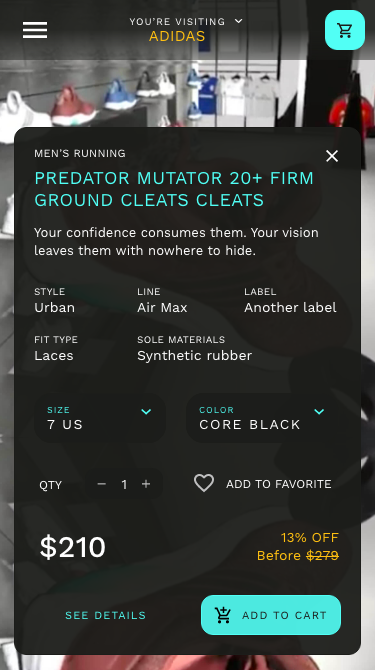
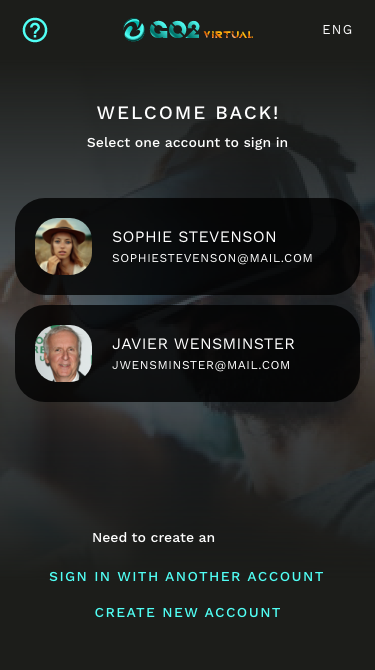
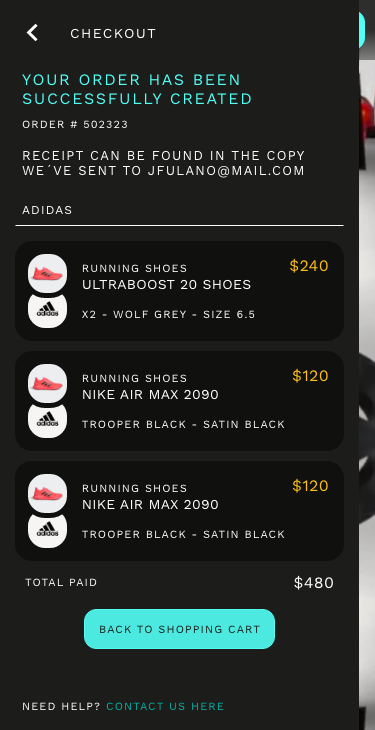
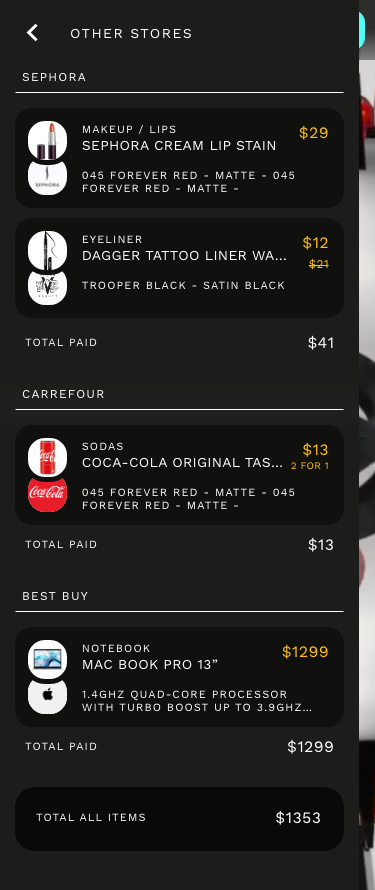
If you have made it this far, thank you for appreciating my work!
